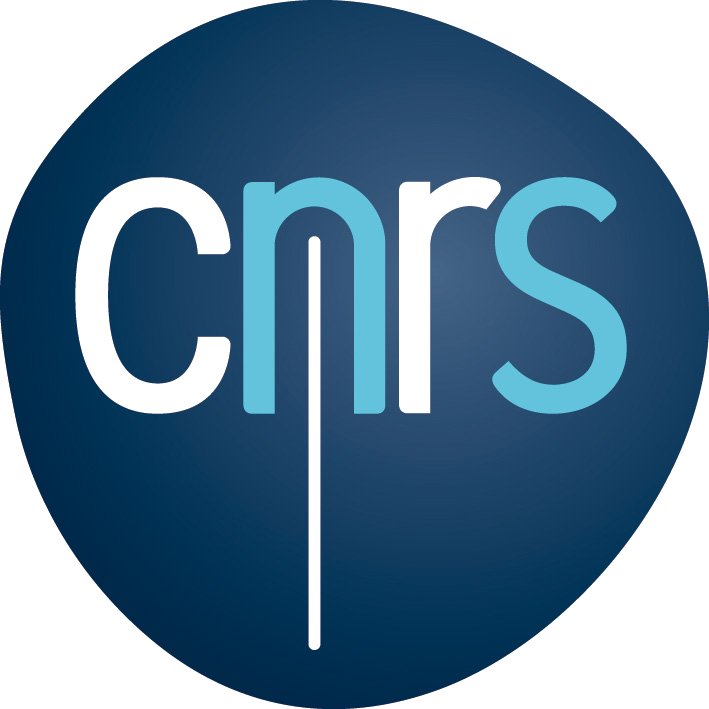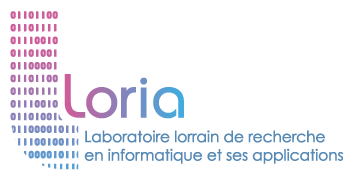In Multispeech, we consider speech as a multimodal signal with different facets: acoustic, facial, articulatory, gestural, etc. The general objective of Multispeech is to study the analysis and synthesis of the different facets of this multimodal signal and their multimodal coordination in the context of human-human or human-computer interaction. While this multimodal signal carries all of the information used in spoken communication, the collection, processing and extraction of meaningful information by a machine system remains a challenge. In particular, to operate in real-world conditions, such a system must be robust to noisy or missing facets. We are especially interested in designing models and learning techniques that rely on limited amounts of labeled data and that preserve privacy.
Therefore, Multispeech addresses data-efficient, privacy-preserving learning methods, and the robust extraction of various streams of information from speech signals. These two axes will allow us to address multimodality, i.e., the analysis and the generation of multimodal speech and its consideration in an interactional context.
The outcomes will crystallize into a unified software platform for the development of embodied voice assistants. Our main objective is that the results of our research feed this platform, and that the platform itself facilitates our research and that of other researchers in the general domain of human-computer interaction, as well as the development of concrete applications that help humans to interact with one another or with machines. We will focus on two main application areas: language learning and health assistance.
Please visit the Research Themes and Applications page for more details.
MULTISPEECH is regularly involved in a number of collaborative projects with academic and/or industrial partners.
Here is the last activity report (2022) of the team: HTML – PDF (past reports are available here).





